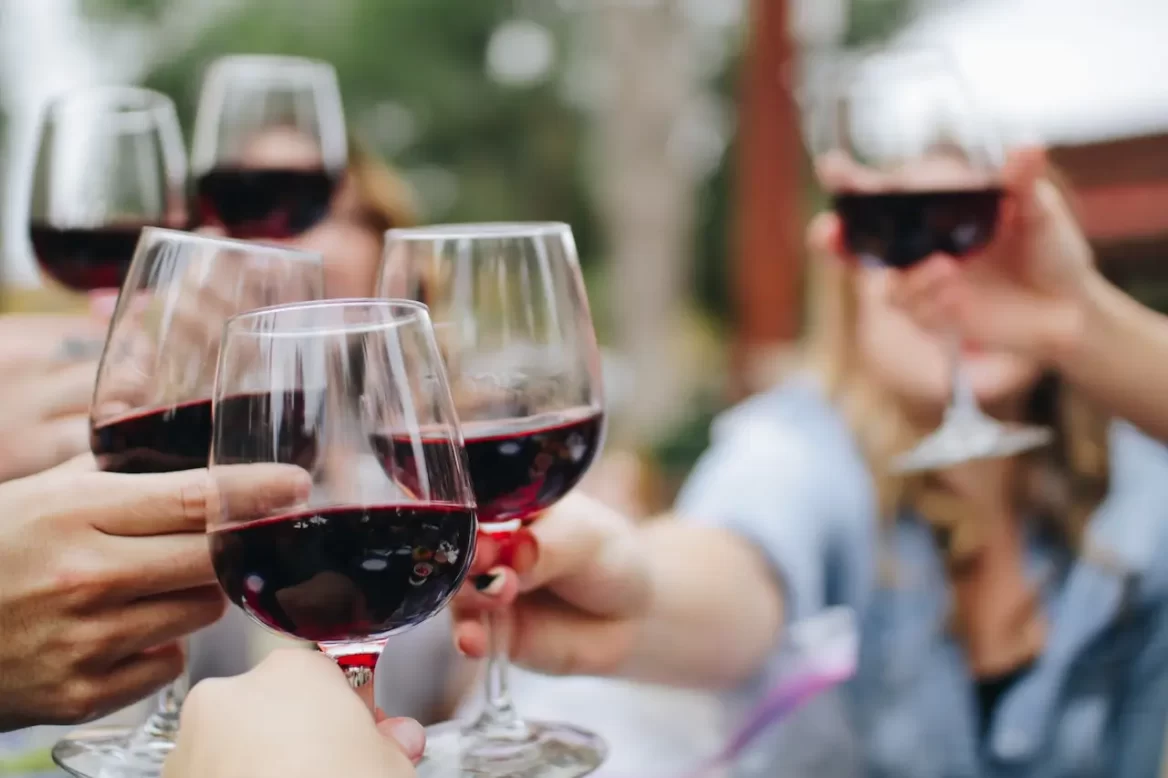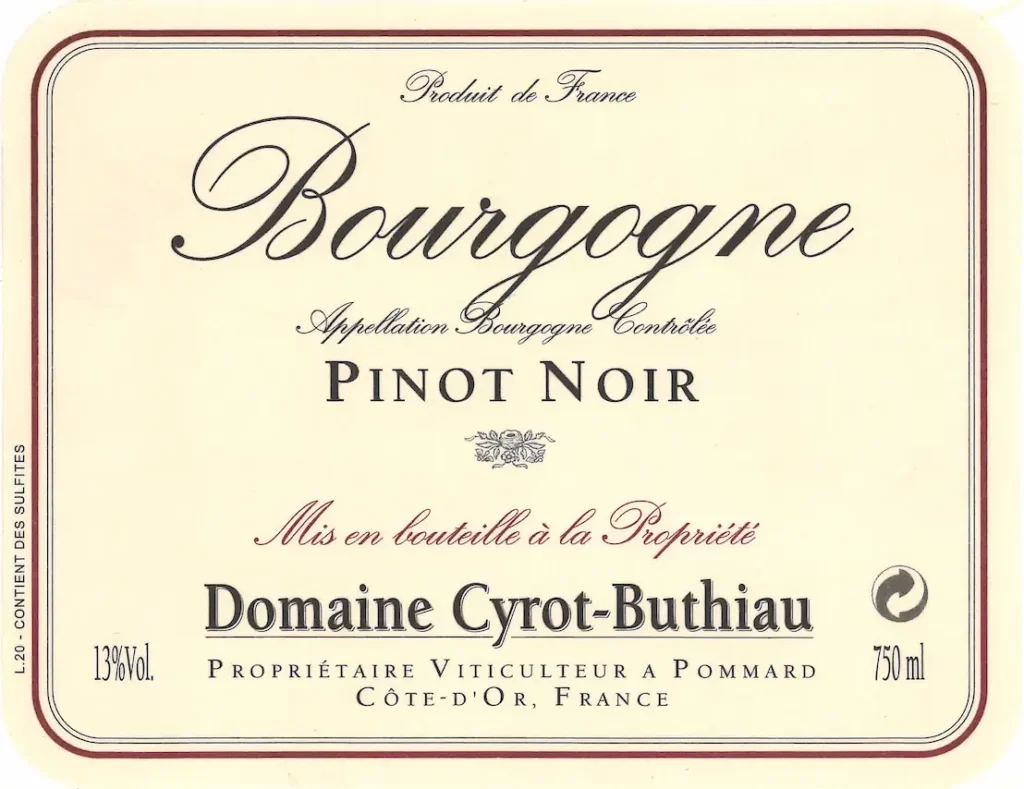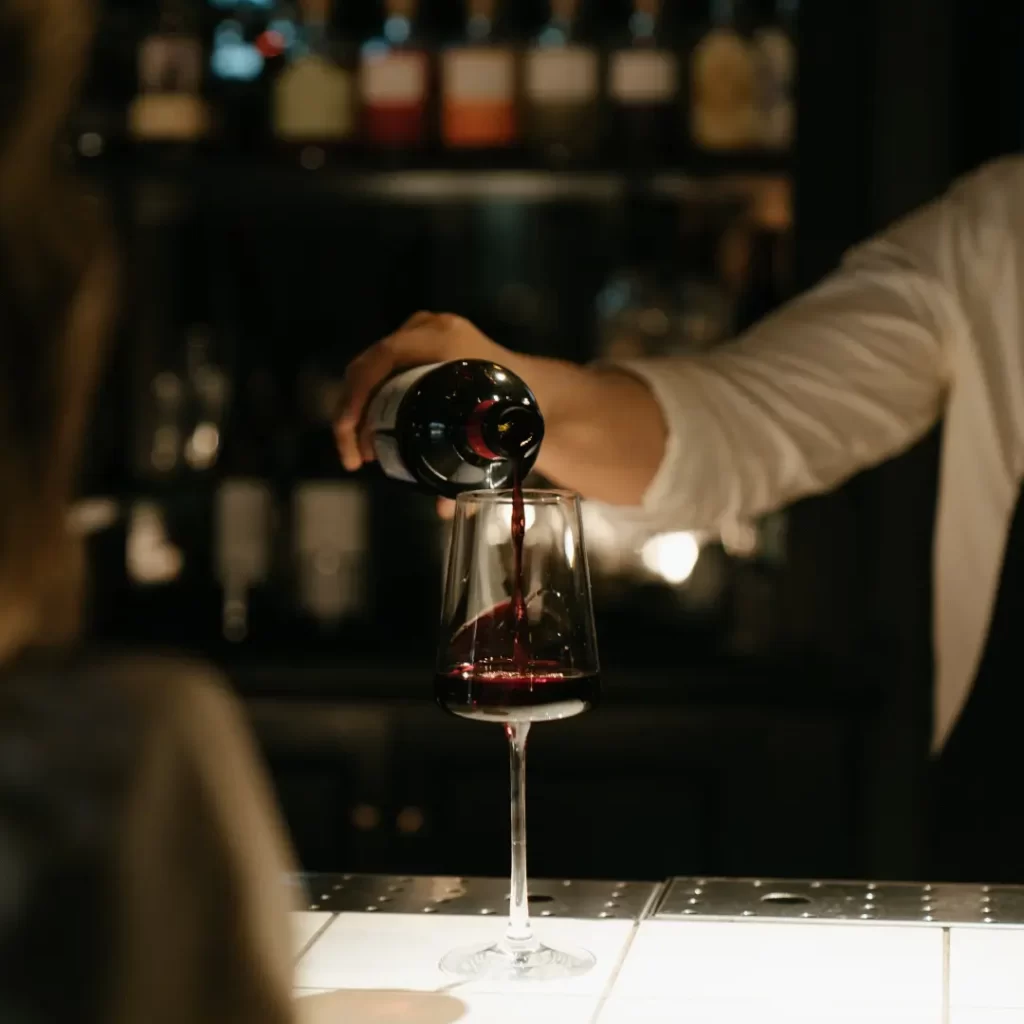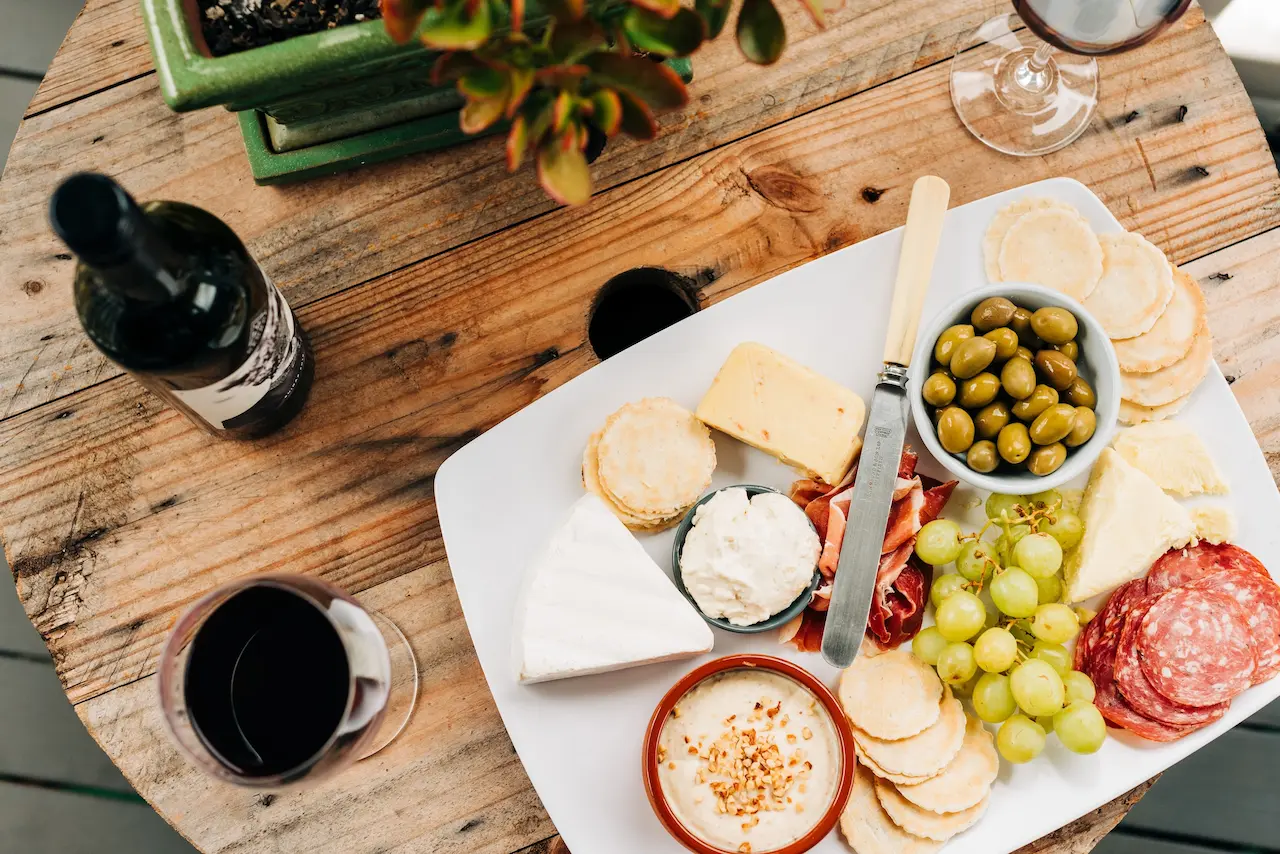
Drinking wine can be a bit intimidating. But it doesn’t have to be! If you're new to the world of wine and looking to learn more about how to enjoy it at home? Look no further!
"Wine 101: How to Best Enjoy Wine at Home" article, we’ll give you all the tips and tricks you need to know to enjoy wine at home like a pro and make the most of your wine-drinking experience at home. Whether you’re a casual drinker or a passionate oenophile, there’s a wine out there that’s perfect for you.
From understanding wine labels to choosing the right glass, we’ve got you covered. So pull up a chair, pour yourself a glass, and let’s get started on your Wine 101!
Wine is such a staple at social gatherings and special occasions that it's easy to forget it can be enjoyed in the comfort of your own home.
After a long day of work, there's nothing quite like relaxing with a glass of wine and good company. Whether you're enjoying a glass on your own or with friends, wine can be a great way to wind down and relax
There are countless different types and styles of wines, so whether you're a fan of sweet or dry, light or full-bodied, red or white, there's something to suit everyone's taste. Whatever the occasion, there's no better way to end your day than with a glass of quality wine.
With a bit of experimentation and exploration, you might even find a new favorite and the perfect pairing for your favorite dish.

Wine labels can be confusing, but understanding them is essential to choosing the right wine. Here's a quick guide to understanding the basics of wine labels.
The first thing you'll notice on a wine label is the name of the winery. This can help determine the style of wine, as some wineries specialize in certain types of wines.
For example, if you see a label for a Bordeaux wine, you can expect a red wine made with Cabernet Sauvignon and Merlot grapes. If you see a label for a Burgundy wine, you can expect a red wine made with Pinot Noir grapes.
Next, you'll see the wine's vintage, or the year the grapes were harvested. The vintage is important in determining the quality of the wine, as wines made with older grapes are generally of higher quality.
Lastly, the label may include information about the appellation (the region in which the grapes were grown) and the winemaker. This information can help you learn more about the wine and can give you an indication of its quality; winemakers with a good reputation may indicate that the wine is likely to be of higher quality.

Wine’s optimal temperature greatly affects its taste and aroma. To get the most out of your wine, it should be served at different temperatures, depending on the type and style.
Generally, white wines should be served chilled (between 45 and 50 degrees Fahrenheit) while red wines should be slightly warmer, at 60-65 degrees Fahrenheit. Serving wine too warm will result in a less flavorful experience while serving it too cold will cause the flavors to be muted. This can be easily achieved by placing white wines in the refrigerator, and red wines on the counter, for about 20 minutes.
In addition to temperature, it’s also important to give the wine time to breathe. Once uncorked, oxygen interacts with the tannins in the wine, which causes them to be oxidized. This helps the flavor of the wine to mellow and become more robust. For most red wines, it’s recommended to decant for an hour or two beforehand, or simply leave the bottle uncorked for a few hours.
Depending on the type and the age, some wines can even benefit from aeration. This can be simply done by pouring the wine from one container to another, several times, to help release its aromas.

Next, choosing the right glassware can make a huge difference in your wine-drinking experience - not only that, but it gives you the chance to be as fancy or as casual as you like. Before pouring a glass of wine, it’s important to pick the right type of glass.
Red wines typically require a larger glass, since they are enjoyed when they are slightly warmer. The glass can be shaped in a way that helps the wine to aerate, so choosing the right one can help enhance the flavors and aromas of each sip.
White wines, on the other hand, are generally enjoyed cold and from a smaller glass. Sparkling wines also need to be served in specially designed glasses, either flutes or coupes. These types of glasses showcase delicate effervescence and help to maintain a cold temperature.
Of course, stemware is not required to enjoy a nice glass of wine - there are plenty of stemless glasses and tumblers out there that can get the job done.
Once you’ve chosen the right type of glass and made sure it’s at the correct temperature, you’re ready to start drinking. But before pouring the wine directly into your glass, it’s important to take the time to release its aromas. For many red wines, this is done by swirling the wine in its glass or in a decanter first. The motion causes oxygen to interact with the molecules inside the wine, allowing it to "open up" its aroma. On the other hand, white wines should be poured with a slight tilt, as pouring them straight into the glass can mask their delicate bouquet.
Now that you’ve prepared your glass of wine, it’s time to sit back and enjoy it. This is especially important with complex wines, as the more you take your time and savor each sip, the more flavors, and aromas you’ll experience. To appreciate each drop, it’s best to drink in moderation and pace yourself, as drinking too much can cause the flavors and aromas to become muddled.
Take small sips, and be mindful of the nuances. Train your nose and palette before tasting, by inhaling the aroma of the wine and observing the textures, sweetness, and tannins. Once you’ve taken a sip, concentrate on the flavors, and think about how the flavor profile changes with each sip. As you do this, think about which foods would be best to pair with them.
One important part of enjoying wine at home is learning how to pair it with different types of food.
The most important factor to consider is the acidity of the wine in comparison to the dish. Although there are no strict rules, generally lighter wines can be paired with lighter dishes and fuller-bodied wines with heartier meals.

Having a bottle of wine at home allows you to enjoy your favorite type of wine in your environment and shared it with your friends and family. Mastering the basics of wine appreciation can take years, but it’s never too late to get into the game.
Taking the time to select the right bottle, serve it at the right temperature and taste it properly can make all the difference. Whether you’re just starting to explore the world of wines or you’re simply curious to learn more, we hope this guide gives you the tips and tricks you need to embark on your journey and make the most out of your wine-drinking experience, at home and beyond!
